What is GRAL?
The Graz Lagrangian Model (GRAL) predicts air quality impacts among complex structures.
It is a powerful tool that is becoming widely accepted for air quality assessments.
GRAL is used to predict and understand how pollutants from industrial plants, traffic, generators, and ventilation systems impact the environment.
Why use GRAL?
GRAL is one of the most sophisticated air dispersion models in Australia, especially for modelling complex built environments.
The model enables the modelling of wind flow around buildings and structures, making it ideal for assessing impacts in the vicinity of structures that could potentially create localised wind patterns.
Additionally, GRAL is the only Lagrangian model used in Australia capable of modelling sources with horizontal flow, such as tunnel portals or exhaust vents (louvres).
The Trinity team is highly skilled in using GRAL to its full potential. We ensure your assessments are as close to reality as possible, following best practices and recommended model setups.
Why Choose Trinity
- Substantial experience providing air dispersion modelling with GRAL
- Highly skilled in using the model to its full potential
- Assessments as close to reality as possible
Trinity capabilities
We create a variety of outputs and scenarios to fit your project, from simple tasks to complex research projects.
Meteorological modelling
- Create detailed simulations of weather patterns, considering local topography and land use for a more accurate representation of air movement, using the GRAMM model.
- Meteorological input includes surface wind observations from the nearest weather station. CALMET is used to obtain stability classes for the study area, which are then incorporated into the GRAMM meteorological input.
Air dispersion modelling
- Analyse the spread of pollutants from various sources, including point sources (industrial stacks), road sources (traffic emissions), area sources (large industrial facilities), and tunnel portals.
Post-processing and analysis
- Extract insights from data through post-processing and analysis, generating reports and visualisations tailored to your needs.
Working with Trinity
Our air dispersion modelling assessments are recognised and trusted throughout Australia.
They are routinely included in development approval applications submitted to local councils or state environmental licensing applications.
Our GRAL modelling clients include many town planning and building and major infrastructure companies.
See some of our featured projects below. Or contact us to discuss your requirements.



